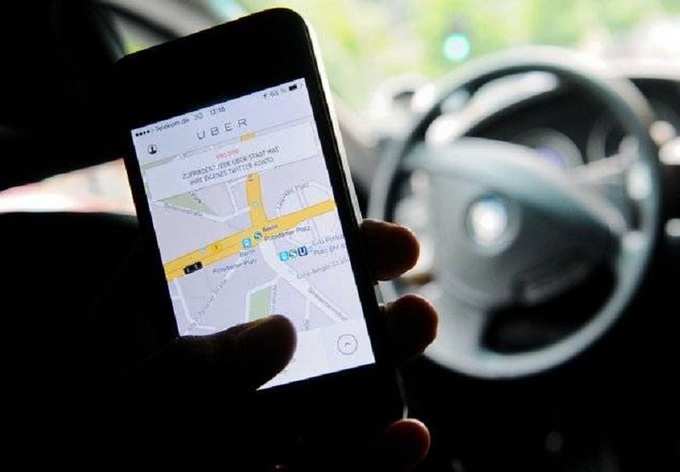
The ride-hailing applications have begun increasing charges in top urban areas, diminishing the sum they have been paying as incentives to drivers. The companies are also keeping a tight watch on fraudulent drivers.
This is all focused toward ‘unit economics’ or the amount of money they get or loose on every customer. According to investors and analysts tracking the ride hailing app business, Ola and Uber each burn $30-40 million every month.
"Subsidies won't last forever, and customers need to slowly get used to it. This is a step in that direction," a person briefed on Uber India's plans told ET.
"We are always working to make Uber the most affordable mobility option for our riders and an attractive economic opportunity for hundreds of thousands of microentrepreneurs on our platform," an Uber spokesperson told ET.
Ola has cut driver incentives in light of the quantity of trips completed by as much as 20-40% in Delhi when contrasted with a year back. For example, drivers finishing eight treks with Ola in Delhi now get a motivation of Rs 2,400 when contrasted with Rs 3,000 a year back
Uber has also remodeled its incentive model to reward drivers based on earnings and the incentive won’t be based on the number of trips.
"For shorter distances, the base fare partially takes care of the cost, but the longer the distance, the more cash we end up spending and it's an added cost for both Uber and Ola," a source told ET.
The added advantage of raising fares is that it could push riders towards the car-pooling service operated by them.
Uber has increased the price for trips more than 15 kms in Bengaluru and Hyderabad a year back. The reason given was that it was to incentivize drivers to accept long-distance booking. Recently, they have increased the fares for distances beyond Delhi-NCR region. Ola too, is following the same structure.
These measures come after Ola and Uber also increased fares for most popular categories,
Ola Micro too charged Rs 6/km up to 20 km and Rs 12/km for additional distance, matching Uber prices.
"The focus is on building a real business now. The supply game on quantity in Ola's view beyond a point does not build anything of value," said an investor in Ola.